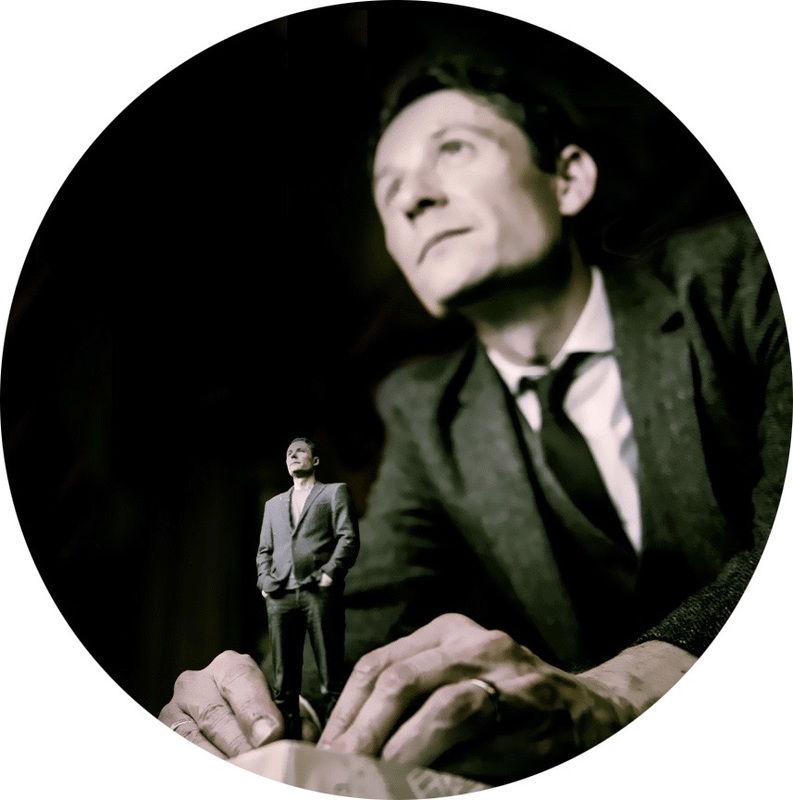|
A flying visit to London to attend two sessions concerned with multimodality. Yesterday evening (14 April 2016) I visited the London Knowledge Lab for a meeting of the Visual and Multimodal Research Forum, followed today by Multimodality in Social Media and Digital Environments from the New Media Group of the British Association of Applied Linguistics, this time at Queen Mary University of London. My flight back to Edinburgh tonight is delayed so I’m filling the time by gathering my thoughts over an expensive coffee.
At the Visual and Multimodal Research Forum, Dr Elisabetta Adami, University Academic Fellow in Multimodal Communication at the University of Leeds, presented some ongoing research where she is taking a multimodal approach to investigate the experience of super diversity in Kirkgate Market in Leeds city centre. I had the chance to spend some time chatting with Elisabetta in the post-forum debrief where it emerged that we share a number of research interests. First, her work around understanding experiences of the Kirkgate Market isn’t so far from my own interest in how we can take a multimodal approach to understanding our relationship with the urban environment. Add to that Elisabetta's interest in multimodal assessment - she teaches a course on multimodality - and we had lots to talk about. And then today was dedicated to Multimodality in Social Media and Digital Environments where I presented the following paper about tutor experiences of multimodal assessment:
Judging by the conversations which took place over lunch, and the Twitter commentary that accompanied my presentation, my discussion of the ways that multimodality affects assessment seemed to strike a chord:
Now in brief summary - my flight has now moved from red to green on the Departures screen - here are three of the ideas that emerged most strongly from the different presentations, workshops and conversations over the last day-and-a-half.
Flight called. Coffee finished. The journey continues.
With thanks to Sophia Diamantopoulou (University College London), Agnieska Lyons and Colleen Cotter (both Queen Mary University of London) for giving me the chance to attend the sessions described above.
0 Comments
Leave a Reply. |
Search categories
All
I am a Lecturer in Digital Education (Education Futures), within the Centre for Research in Digital Education at The University of Edinburgh.
@james858499 [email protected] |
